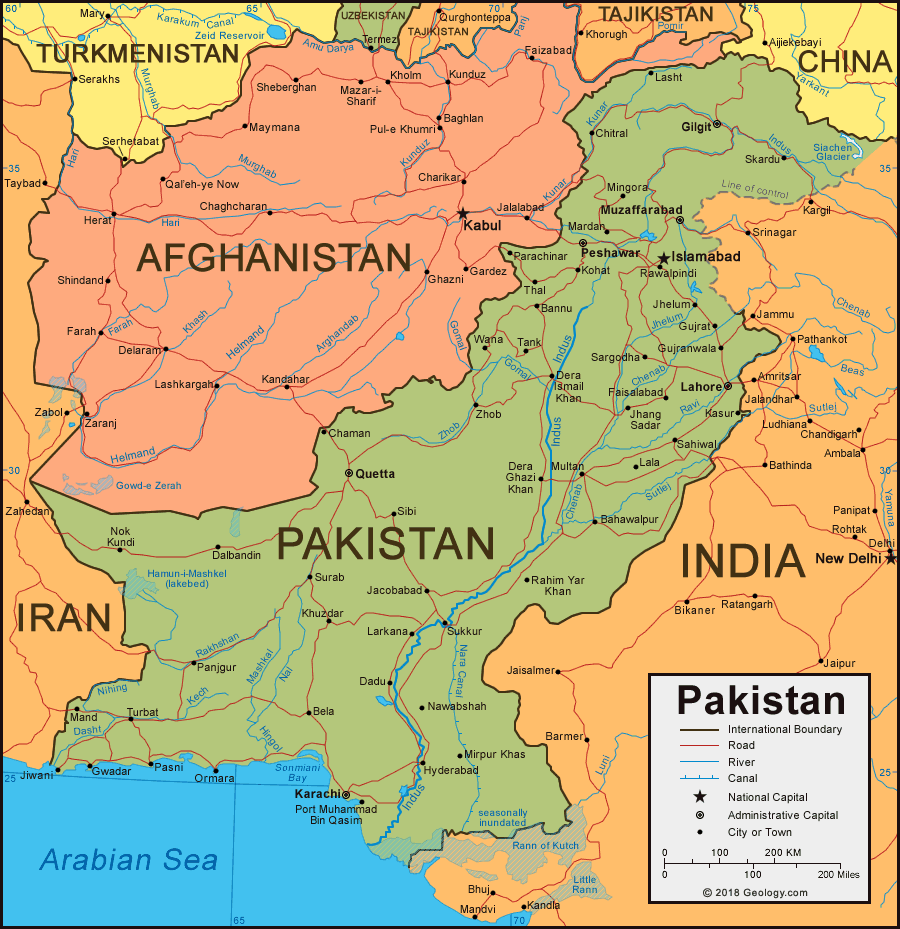From Eater:
Saffron fueled Kashmir’s local economy and culture for centuries, but its days might be numbered
....MUCH MOREThere are many local legends about how saffron came to Kashmir. One goes back to the 12th century, and says that Sufi saints Khawaja Masood Wali and Sheikh Sharif-u-din Wali presented a local chieftain with a saffron bulb after he cured them of an illness while they were traveling. Another claims that the Persians brought it in 500 B.C., as a means to further trade and market. A third dates the spice back to the Hindu Tantric kings, when it was mixed into hot water to create potions that incited feelings of romantic love.While the myths arouse discord, there’s one item of consensus: Kashmiri saffron is the sweetest, most precious spice in the world. Its strands are thicker and more fragrant than its counterpart from Iran, which accounts for more than 90 percent of the world’s saffron production. For Kashmiri farmers, crop sells for as much as 250,000 INR or $3,400 USD a kilogram, or $1,550 a pound, in what was once a booming industry. Most of Kashmir’s saffron is grown in Pampore, south of the state’s summer capital, Srinagar. Thirty years ago, it would take Fehmida Mir’s family six to seven months to pick and then package their crop; she recounts memories of winters filled with the spice’s fragrance and palms golden from working with it. As recently as a decade ago, Mir would be able to harvest 200 kilograms of saffron, half of the 400 kilos her parents would get in the 1990s. Three years ago, her crop dropped to 20 kilograms; in 2016, it dropped to 15. Last year, the crop weighed less than 7 kilograms; this year’s produce has been the same. In all of Pampore, farmers have suffered similar fates, unable to account for their production for the last two years, as it was so little.In other words, saffron production in Kashmir is at one of the lowest recorded in history. “When I was a young girl, there would be no place to sit after harvest,” says Mir, whose family has owned land for three generations. “On the day we picked the flowers, we would all come around and sing to the fields. It was the most special day of the year. We would take months to finish processing the crop: my parents, my whole family, my brothers and sisters,” she says. “Now within a month, we are done.”
As the farmers have begun to say, “the red-gold is turning to gray.” Due to ongoing regional violence, droughts, and the still-unfolding effects of climate change on the land, Kashmiri saffron has slowly begun to disappear. “I tried to grow apples here on this land a decade ago,” Mir says. “But they didn’t fruit! This land is meant only for saffron. Without it, it means nothing.”
Kashmir is a Muslim-majority belt in the north of the Indian subcontinent, and the most militarized region in the world. Kashmir today consists of a region that lies on both sides of the border between India and Pakistan. Indian-administered Kashmir is the territory within the state of Jammu and Kashmir in India, and Pakistan-administered Kashmir consists of a region also called Azad Kashmir along with the more remote Gilgit-Baltistan. Kashmir became the subject of war between the two nations when the Indian subcontinent gained independence in August 1947, and at the same time was split into two. Since 1990, Indian-administered Kashmir has been fully occupied by the Indian armed forces to quell pro-independence insurgencies. In the ’90s, Kashmir saw a spell of intense communal violence following the occupation, leading to the departure of Hindu Kashmiris from the region and giving rise to a period of civil conflict and oppression that continues today.More than 47,000 people have died in the conflict since 1989, excluding those termed as disappeared. In mid-June 2018, the state government dissolved. According to local news organizations, by October 2018, more than 300 people — including army personnel, militants, and civilians — died in the valley just that year, of which 139 have been in South Kashmir, where Pampore is located. An estimated 500,000 Indian troops remain deployed in Kashmir. In the region, the war has inevitably become a war on the land, directly impacting the region’s agriculture, which constitutes more than 80 percent of its livelihood and economy....
*February 16, 2019
In the Last Week Pakistani Terrorists Have Killed Iranians on One Border and Indians On the Other
